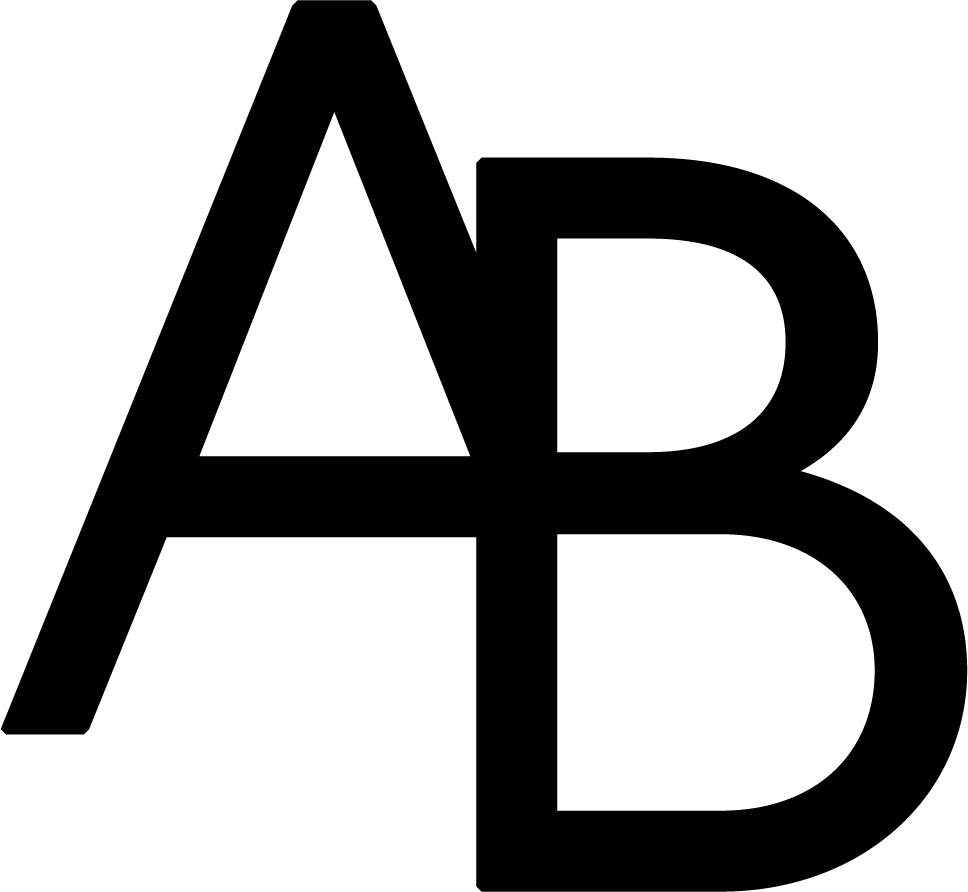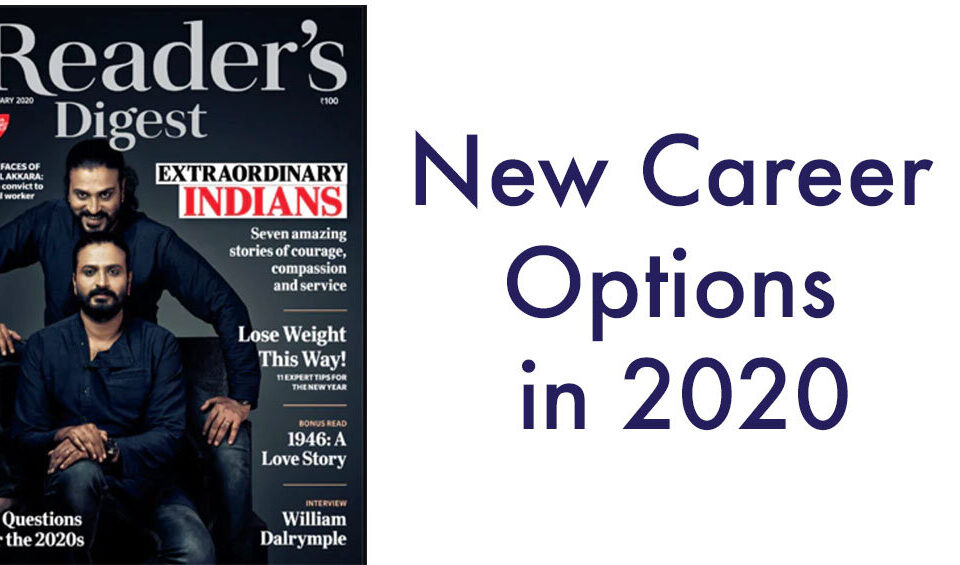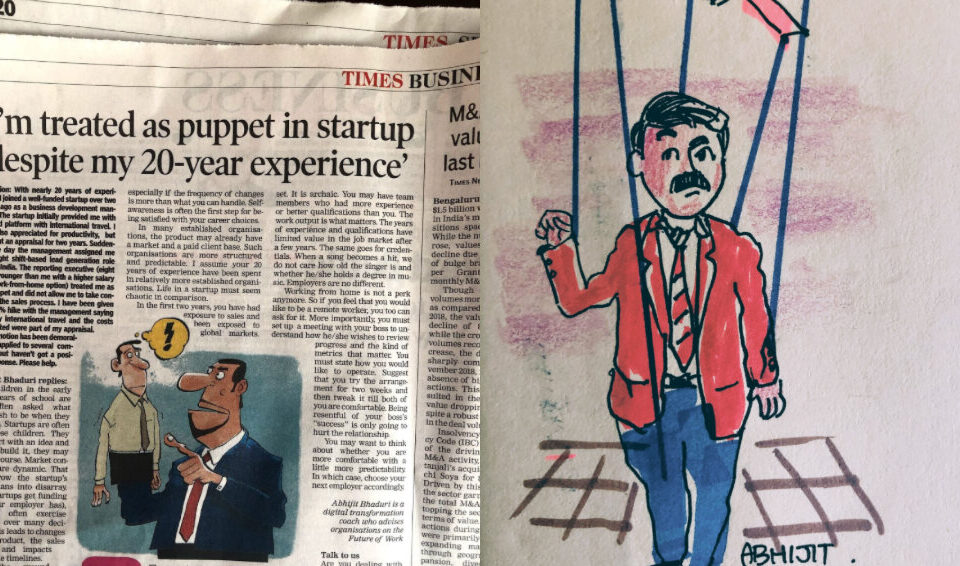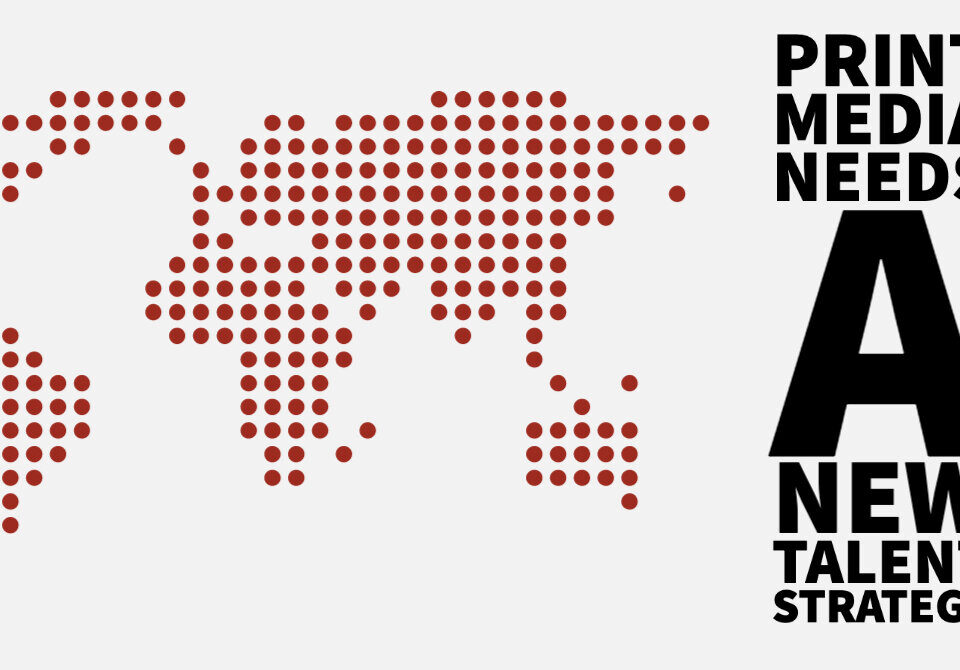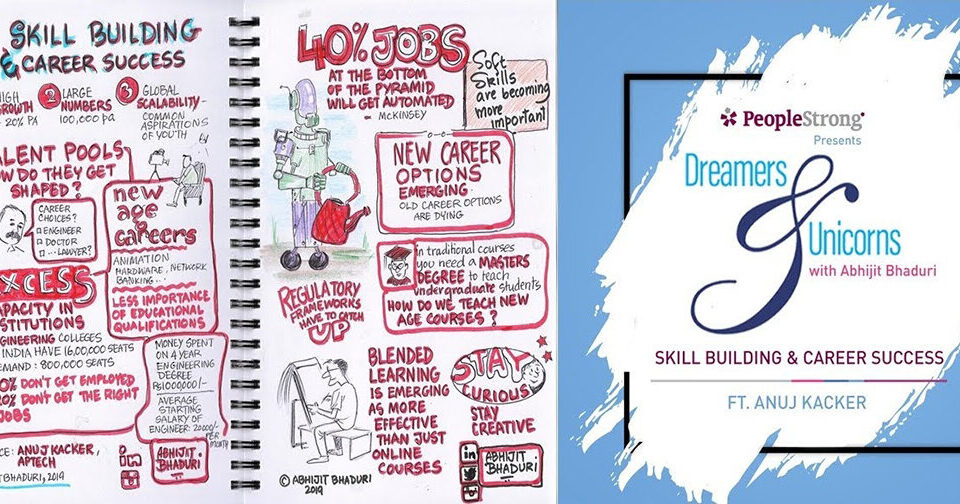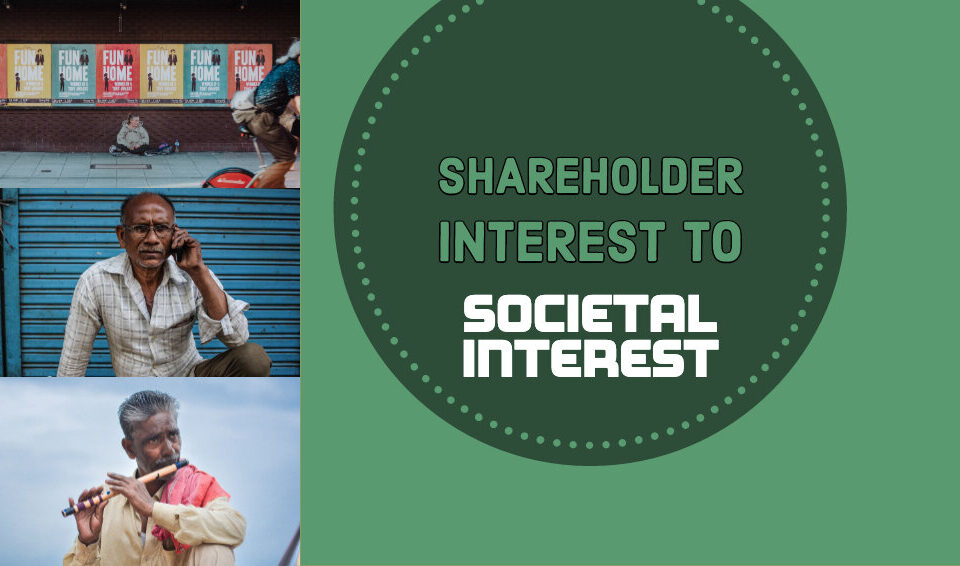The highest growth will be in jobs that require tech skills and understanding of human emotions. They are called Hybrid Jobs. A Marketing manager with fluency in a database program, or a Data Scientist who knows data visualization or an Engineer who knows Sales qualifies as a Hybrid Job. These jobs will grow at twice the pace of any other job and are less likely to get automated. If you are a Techie, adding social or creative skills can make you a “purple squirrel” – a term recruiters use to describe people with these rare combinations.
I had taken a sabbatical of 2 1/2 years due to medical reasons. I resumed work after full recovery. on my return, I am being treated differently by my coworkers and managers, who think I am still unfit. I’m not given key assignments. And whenever some crucial work comes my way, it is on sympathetic grounds. Even if they involve me in certain activities, it’s merely a formality. I feel very isolated. What should I do to ensure my career get a boost and I am treated equally at the workplace?
This is a new world of work, workers and workplaces. The systems that govern workplaces are still being run like the analog world. When movie making first came about, the movies were like stage productions put on film. It is only later that people experimented and found that the story did not have to be shot in sequential form. Cinema offered new forms of storytelling like flashbacks. Or the use of sound, silence and songs for storytelling. Workplaces must discover the new sounds, silences and songs before they can tell new stories.
There is something else besides the role dimensions, I think there is a very high sense of responsibility when you get into a business leadership role and the responsibility is about you realize your decisions are beginning to impact the careers of people, their whole livelihoods, the direction which you wish the organization to take and you bet on could come through, it need not, it could have an impact and you need to do it in a lot more responsible manner. And that sense of responsibility just gets accentuated when you step into this role which I have to admit was not there earlier.
Reporting to someone younger is hurting your ego. Get over that mindset. It is archaic. You may had team members who had more experience or better qualifications than you. The work output is what matters. The years of experience and qualifications has limited value in the job market after a few years. The same goes for credentials. When a song becomes a hit, we do not care how old the singer is and if the singer holds a degree in music. Employers are no different.
As a talent scout, when I went to various educational institutions, I got a great view of which sector attracted the best people. That changed every year. If Consulting got the prime slot in one year, the next year it could be Banking or Retail walked away with the brightest people. People with the same qualification chose different sectors every year depending on a number of factors. Print Media has to discover that element which will encourage them to compete head to head with everyone else for talent. They must, in turn, take a unified view of talent. When it comes to hiring engineers or designers or journalists, the print media has to compete with other employers. The fine balance between work, workers and workplaces is a great place to start.
Many parents still go for conventional career choices like Engineering, Medicine, Law etc. These fields are crowded and the supply of talent exceeds the demand. Take Engineering for example. There are 16,00,000 seats in Engineering colleges in India and barely 800,000 of these get filled. Of these 800,000 students who graduate from Engineering colleges, 60% do not get employed and 20% do not get the right jobs. The average fees paid across 4 years of Engineering education is Rs 10,00,000 but the average starting salary is barely Rs260,000 per year. To repay a student loan at that salary level takes 3-4 years. The new age careers lie in fields like animation, cinematics, aviation etc
At the start of 2019, Oxfam released a report at the World Economic Forum that said, “Billionaire fortunes increased by 12 per cent last year — or $2.5 billion a day — while the 3.8 billion people who make up the poorest half of humanity saw their wealth decline by 11 per cent.” That is the Power Curve for you. To put it more starkly — the 26 richest people in the world now have as much wealth as the poorest 3.8 billion people. That may well be the difference between the capitalist system and a system that attempts to minimise the disparities. What tilted our world view to say the Power Curve is the way things are going to be?
The organization is no longer like an aquarium that has a solid defined boundary wall. The organization is part of an ecosystem. Leading the fish in an aquarium is different from navigating the ocean. The digital organizations are as different from the legacy organizations as the butterfly is to the caterpillar. Leading these organizations needs not just new set of skills and competencies but also a different mindset. The hyperconnected customer is more aware and makes decisions and choices differently. The power balance has tilted in favor of the employees and consumers. They own the brand. The leaders role is now about helping the organization go from the aquarium to become part of ocean.
